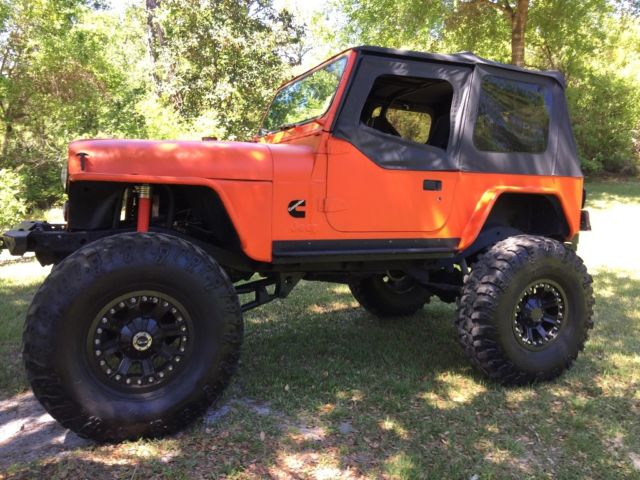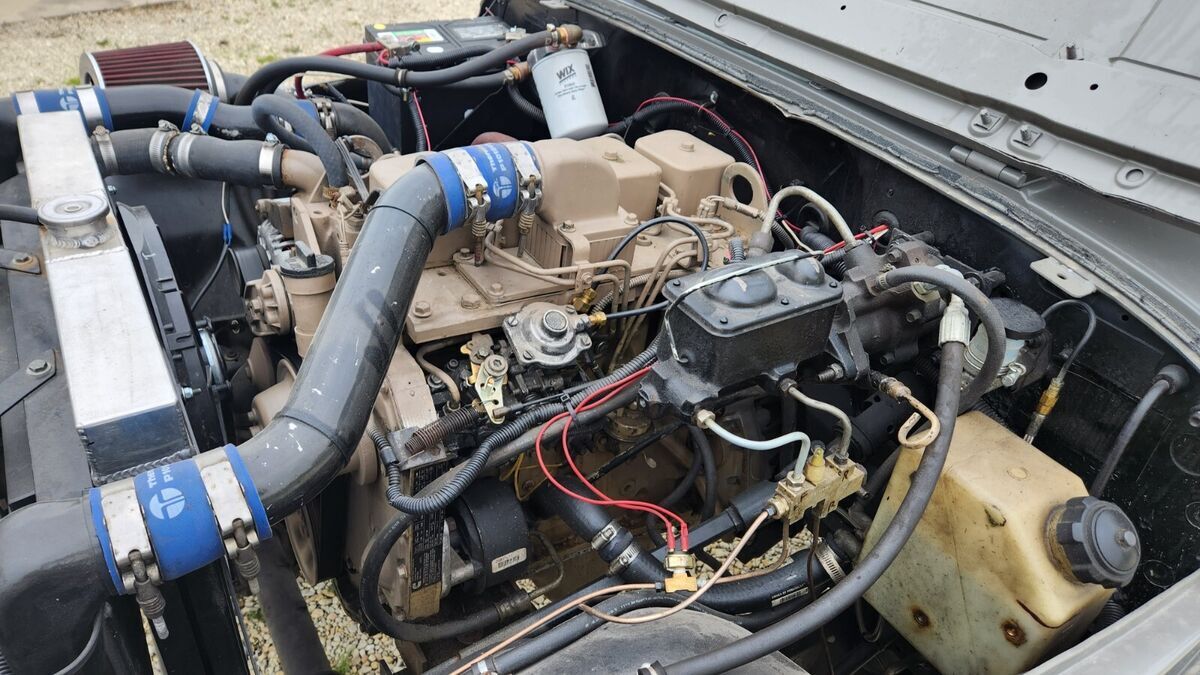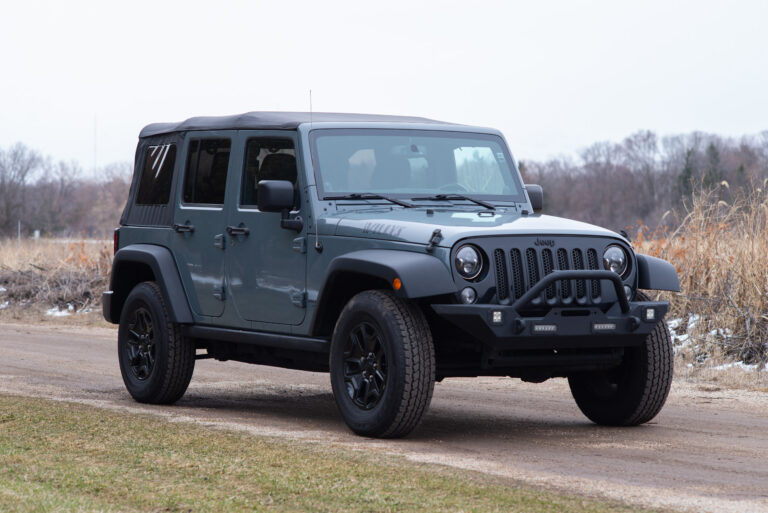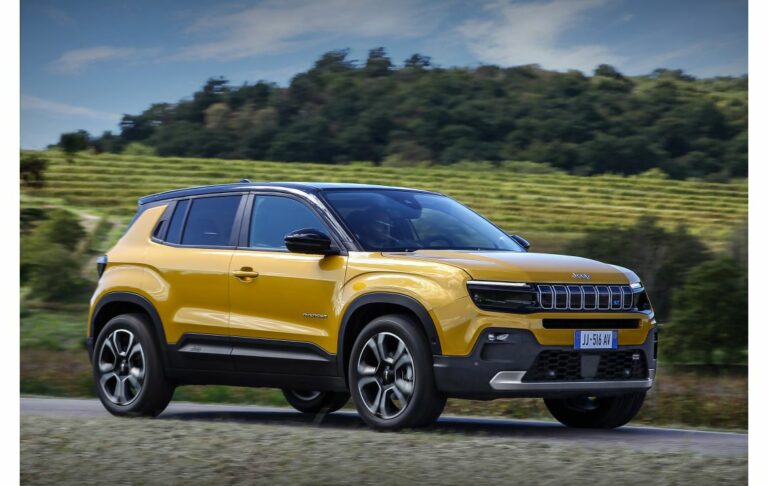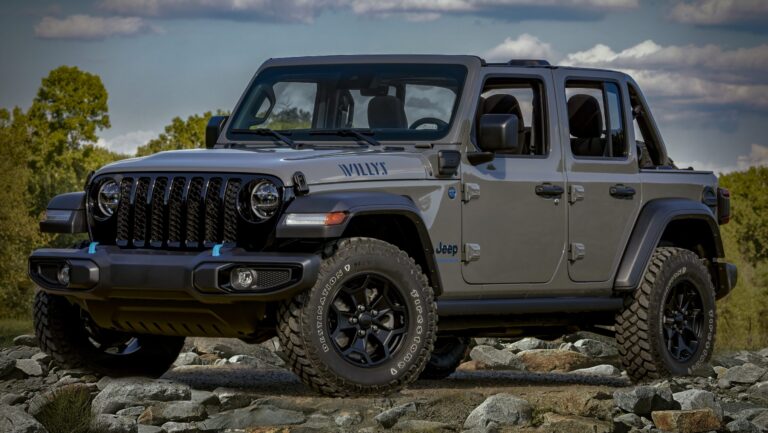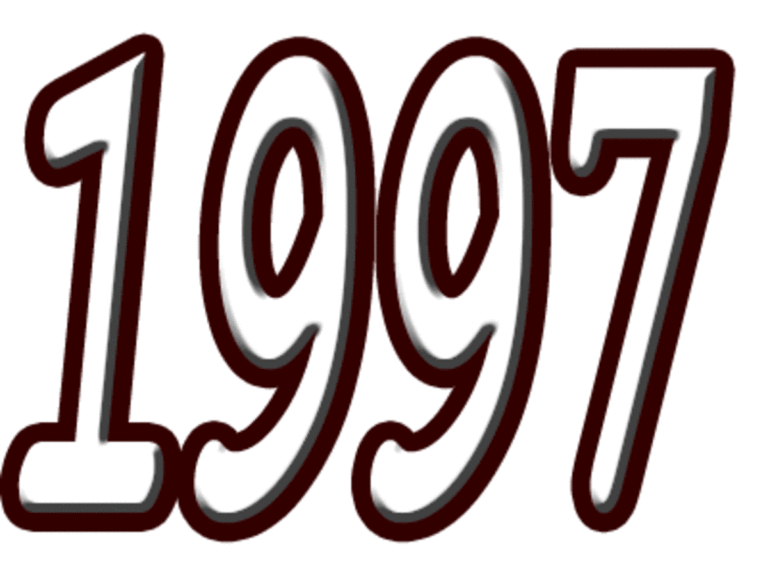4bt Jeep For Sale: Your Ultimate Guide to Diesel-Powered Adventure
4bt Jeep For Sale: Your Ultimate Guide to Diesel-Powered Adventure jeeps.truckstrend.com
The rumble of a diesel engine, the promise of unwavering torque, and the legendary durability of a Cummins powerplant – combine these with the iconic go-anywhere capability of a Jeep, and you get a vehicle that commands respect: the 4BT Jeep. For enthusiasts, off-roaders, and those seeking a unique blend of power and efficiency, a 4BT Jeep isn’t just a vehicle; it’s a statement. This comprehensive guide will delve into everything you need to know about finding, evaluating, and ultimately owning a 4BT Jeep for sale, transforming your quest into an informed and exciting journey.
Why a 4BT Jeep? The Undeniable Appeal
4bt Jeep For Sale: Your Ultimate Guide to Diesel-Powered Adventure
At its core, a 4BT Jeep is a standard Jeep vehicle (most commonly a Wrangler, CJ, or Cherokee) that has undergone an engine swap, replacing its original gasoline engine with a Cummins 4BT diesel engine. This industrial-grade, inline four-cylinder, turbocharged diesel engine is renowned for its incredible robustness, longevity, and impressive torque output. But why has it become such a sought-after swap for Jeep owners?
- Durability and Longevity: The 4BT was designed for continuous industrial use in equipment like bread trucks, generators, and excavators. It’s built to run hundreds of thousands, if not millions, of miles with proper maintenance, far exceeding the typical lifespan of many gasoline engines.
- Fuel Efficiency: While not a Prius, a 4BT-powered Jeep can often deliver significantly better fuel economy than its gasoline counterparts, especially on the highway. Owners frequently report mileage in the high teens to low twenties, a welcome surprise for a heavy-duty off-roader.
- Torque Monster: With peak torque available at remarkably low RPMs, the 4BT excels at crawling over obstacles, pulling heavy loads, and effortlessly navigating steep inclines. This low-end grunt is a game-changer for serious off-roading and towing.
- Simplicity and Reliability: Early 4BT engines are mechanically injected, meaning fewer complex electronics to troubleshoot. This simplicity contributes to their legendary reliability and ease of field repair, a huge plus for remote adventures.
- Cool Factor and Distinctive Sound: There’s no denying the unique appeal. The distinctive Cummins clatter and the sight of a diesel Jeep turning heads are part of the experience.
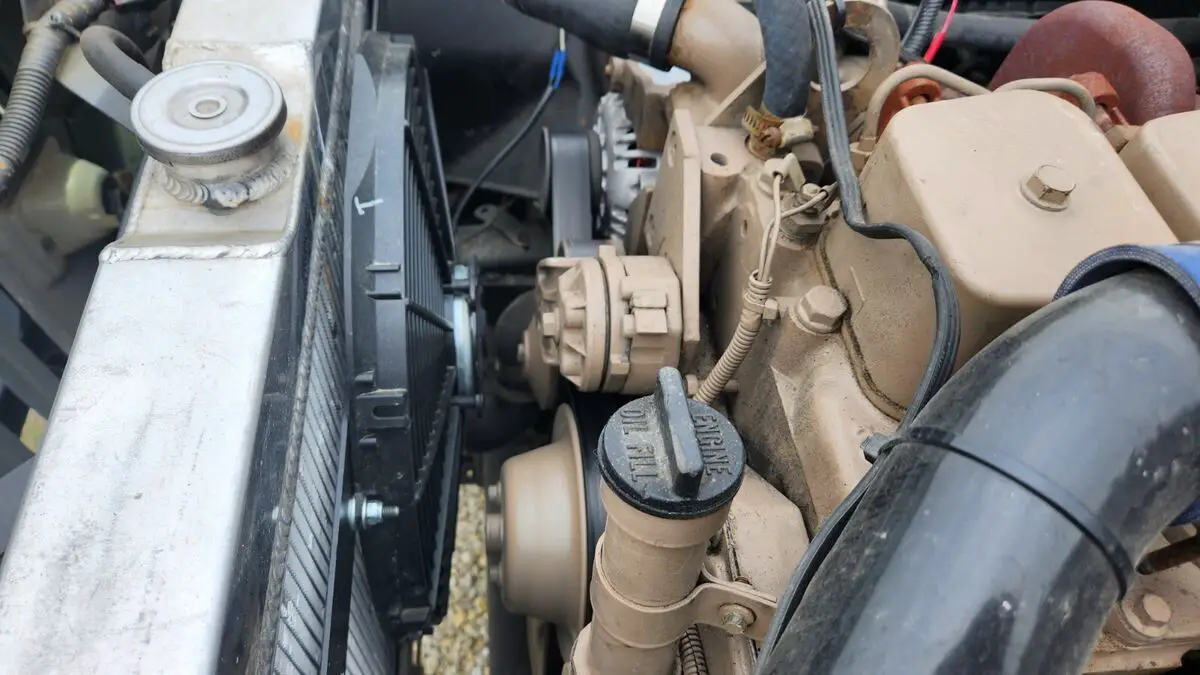
For those in the market for a 4BT Jeep, understanding these core benefits is the first step toward appreciating the value and potential of these unique machines.
What to Look For When Buying a 4BT Jeep: Key Considerations
Purchasing a swapped vehicle, especially one as involved as a 4BT Jeep, requires a more scrutinizing eye than buying a factory-stock model. The quality of the swap itself is paramount.
1. The Donor Vehicle (Jeep) Condition:
- Frame and Body Rust: Jeeps, especially older models, are prone to rust. Thoroughly inspect the frame, particularly around suspension mounting points, spring perches, and body mounts. Check floor pans, rocker panels, and wheel wells for signs of significant corrosion.
- Axles and Drivetrain: The 4BT’s torque can overwhelm weaker axles and transmissions. Ensure the axles are robust enough (e.g., Dana 44s, Ford 8.8, or larger) and that the transmission and transfer case (e.g., NV4500, SM465, NP205) are properly matched and in good working order. Listen for unusual noises during a test drive.
- Suspension: The 4BT engine is significantly heavier than most stock Jeep engines. Verify that the suspension components (springs, shocks, control arms) have been upgraded to handle the additional weight and maintain proper ride height and articulation.
- Brakes and Steering: Upgraded brakes are often necessary to handle the increased weight and potential towing capacity. Power steering systems also need to be properly adapted to the 4BT.
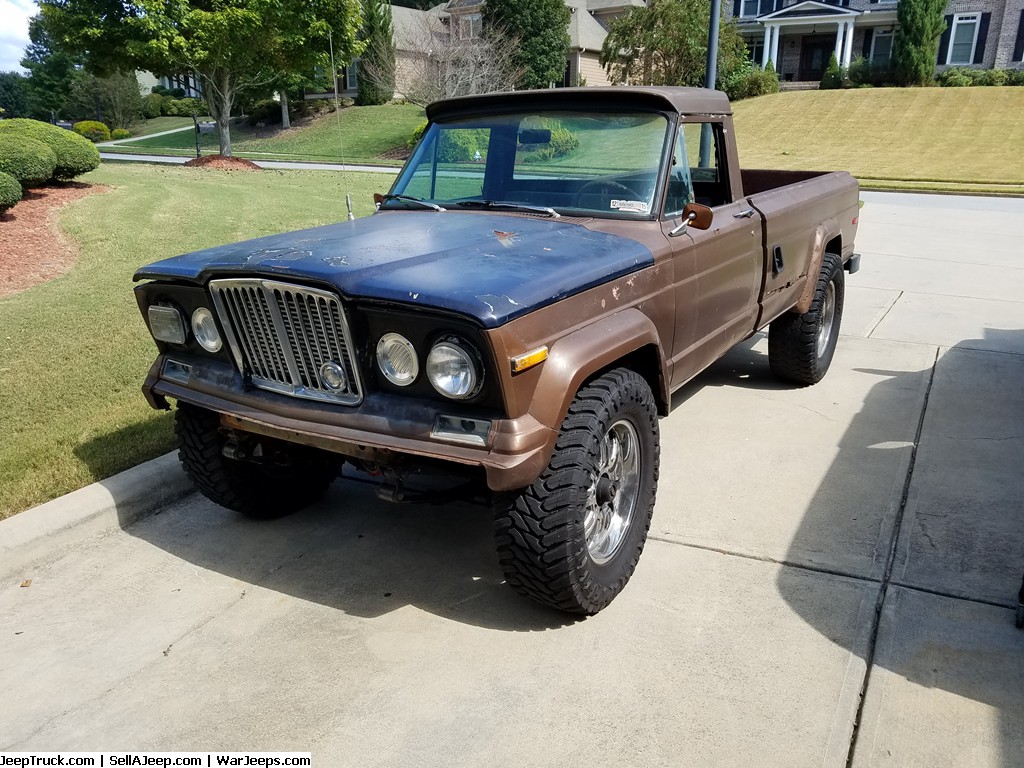
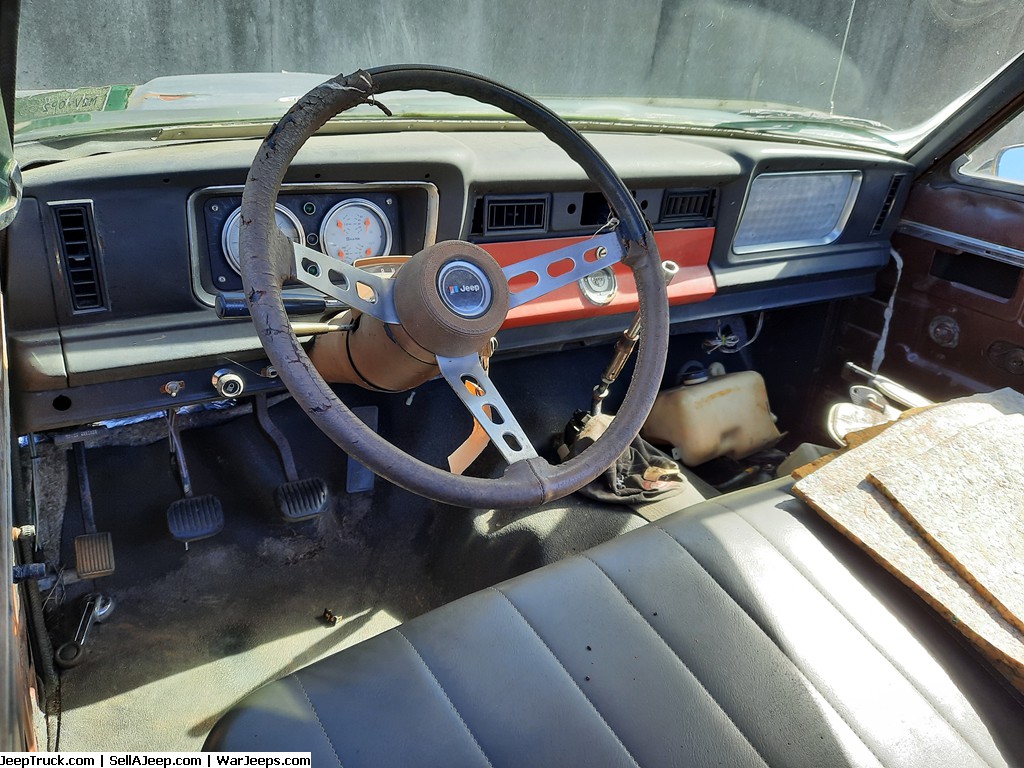
2. The 4BT Engine Itself:
- Leaks: Inspect the engine thoroughly for oil, fuel, or coolant leaks. While a minor weep might be acceptable, significant leaks could indicate worn seals or more serious issues.
- Smoke: Start the engine cold and observe the exhaust.
- White smoke: Could indicate unburnt fuel (timing issue, injector problem) or coolant (head gasket).
- Blue smoke: Burning oil (worn rings, valve seals, or turbo seals).
- Black smoke: Excess fuel (over-fueling, clogged air filter, turbo issue). A puff on acceleration is normal, but constant black smoke is not.
- Unusual Noises: Listen for knocking, tapping, or grinding sounds. A healthy 4BT has a distinct diesel clatter, but anything excessively loud or metallic is a red flag.
- Turbocharger: Check for excessive shaft play in the turbocharger. A failing turbo can lead to power loss and excessive smoke.
- Maintenance History: Ask for records of engine maintenance, oil changes, and any rebuilds or component replacements.
3. Quality of the Engine Swap:
This is where many custom builds shine or fall short.
- Engine Mounts: Are they professionally fabricated, sturdy, and designed to absorb vibration? Poorly designed mounts can lead to excessive vibration and premature failure.
- Wiring: The wiring should be clean, neatly routed, protected from abrasion, and clearly labeled. A "rat’s nest" of wires is a sign of a sloppy job and potential future electrical gremlins.
- Fuel System: Check for proper fuel lines, a suitable fuel filter system, and any necessary modifications to the fuel tank (e.g., a return line).
- Cooling System: Ensure an adequately sized radiator and fan setup are in place to prevent overheating, especially in hot climates or during heavy use.
- Exhaust System: Look for a well-routed exhaust that doesn’t interfere with suspension or drivetrain components.
- Drivetrain Alignment: Incorrect drivetrain angles can lead to vibrations and premature U-joint failure.
- Professionalism: Overall, does the work look professionally done or like a backyard hack job? Attention to detail speaks volumes about the quality of the build.
- Legal & Emissions: Research your local state or country’s regulations regarding engine swaps and diesel emissions. Some areas have strict rules that might make registering a 4BT Jeep challenging, especially if it’s a newer model Jeep.
4. Documentation:
Ask for all available receipts for parts, professional labor, and any service records related to the engine or the swap. This documentation provides valuable insight into the vehicle’s history and the quality of components used.
Common Challenges and Solutions for 4BT Jeeps
While highly desirable, 4BT Jeeps are not without their quirks. Awareness of these can help you better evaluate a potential purchase.
- Vibration: The 4BT is an industrial engine and can produce significant vibration, especially at idle. Solutions include fluid-filled motor mounts, balancing rotating assemblies (crank, flywheel, harmonic balancer), and sometimes dual-mass flywheels.
- Noise: It’s a diesel! Expect a distinct clatter. Sound deadening in the cabin can help, but it will never be as quiet as a gasoline engine.
- Weight: The 4BT is heavy (around 750-800 lbs dry). This necessitates suspension upgrades and can impact front axle ratings.
- Cooling: Adequate cooling is critical. Ensure the radiator is sufficient and the fan setup moves enough air.
- Parts Availability: While the 4BT engine itself has excellent parts availability (given its industrial prevalence), custom swap-specific components (mounts, adapter plates) might require custom fabrication or sourcing from specialized shops.
- Legality/Emissions: As mentioned, this varies widely. Older Jeeps (pre-OBD-II, often pre-1996) generally face fewer hurdles. Always check local regulations before buying.
Types of 4BT Jeeps (Common Platforms)
The 4BT engine has been swapped into a variety of Jeep platforms, each offering its own pros and cons:
- Jeep Wrangler (YJ, TJ, LJ): These are perhaps the most common and popular platforms for 4BT swaps. Their body-on-frame construction, ample engine bay space (especially the TJ/LJ), and vast aftermarket support make them ideal candidates.
- Jeep CJ Series (CJ5, CJ7, CJ8 Scrambler): Classic Jeeps with a classic diesel engine. These swaps are also quite common, often simpler due to fewer electronics, but may require more extensive frame modifications depending on the engine’s original mounting points.
- Jeep Cherokee (XJ): While possible, the XJ’s unibody construction and tighter engine bay make 4BT swaps more challenging and less common. Significant fabrication and reinforcement are usually required.
- Jeep Grand Cherokee (ZJ, WJ): Even less common than the XJ, these platforms introduce more complex electronics and tighter packaging, making the swap significantly more involved and expensive.
Pricing a 4BT Jeep: What to Expect
The price of a 4BT Jeep can vary wildly, depending on several critical factors:
- Jeep Model and Condition: A rust-free, well-maintained Wrangler LJ will fetch a premium over a rusty YJ project.
- Engine Condition and Mileage: A freshly rebuilt 4BT or one with low documented miles will increase the price.
- Quality of the Swap: This is arguably the most significant factor. A professionally executed, clean, and well-integrated swap will command a much higher price than a rough, DIY job.
- Supporting Modifications: Upgraded axles, heavy-duty suspension, custom interior, and other high-quality aftermarket parts will add to the value.
- Geographical Location: Prices can fluctuate based on regional demand and availability.
- DIY vs. Professional Build: Expect to pay significantly more for a Jeep that was professionally built or maintained by a reputable shop.
Table: Estimated Price Ranges for 4BT Jeep For Sale
| Category / Type | Jeep Model (Examples) | Engine Condition | Swap Quality | Estimated Price Range (USD) | Key Considerations |
|---|---|---|---|---|---|
| Project / Budget Build | YJ, Older CJ | High Mileage, Unknown History | Rough DIY, Needs Work | $8,000 – $15,000 | Expect significant work (mechanical, electrical, body). Rust likely. Good for experienced DIYers. |
| Solid Daily Driver / Trail Rig | YJ, TJ, CJ | Good Runner, Some Records | Competent DIY/Semi-Pro | $15,000 – $28,000 | Reliable for use, but may have minor quirks or cosmetic imperfections. Good value. |
| Professionally Built / Show Quality | TJ, LJ, Well-Restored CJ | Low Miles, Rebuilt, Excellent History | Professional Shop Build | $28,000 – $50,000+ | Turn-key, meticulous attention to detail, extensive upgrades. Premium price for premium quality. |
Note: These are estimated ranges and can vary based on market conditions, specific modifications, and seller motivation.
Frequently Asked Questions (FAQ)
Q1: Is a 4BT Jeep good for daily driving?
A1: Yes, many 4BT Jeeps serve as daily drivers. However, be prepared for increased noise and vibration compared to a gasoline engine. Fuel efficiency can be a significant benefit for commuters.
Q2: What kind of fuel economy can I expect from a 4BT Jeep?
A2: Fuel economy varies greatly depending on the Jeep model, gearing, tire size, driving style, and engine tune. Owners commonly report 18-25 MPG, significantly better than most stock Jeeps.
Q3: Are parts hard to find for the 4BT engine?
A3: No, parts for the Cummins 4BT engine are generally easy to find due to its widespread industrial use. Most major truck and diesel parts suppliers carry them. Swap-specific parts (adapter plates, motor mounts) might need to be sourced from specialty fabricators.
Q4: Is a 4BT swap difficult to do yourself?
A4: A 4BT swap is a complex undertaking that requires significant mechanical aptitude, fabrication skills, and specialized tools. It’s not a beginner-level project. If you’re buying one, ensure the work was done by someone highly competent.
Q5: Will I need to upgrade other components on the Jeep besides the engine?
A5: Absolutely. Due to the 4BT’s weight and torque, essential upgrades typically include:
- Stronger axles and differential components.
- Heavy-duty transmission and transfer case.
- Upgraded suspension to handle the weight.
- Improved braking system.
- Heavy-duty cooling system.
Q6: Are 4BT Jeeps legal everywhere?
A6: Engine swap legality and emissions regulations vary significantly by state and country. Generally, older Jeeps (pre-OBD-II, often before 1996) have fewer restrictions. Always research your local laws before purchasing a swapped vehicle.
Conclusion
A 4BT Jeep is more than just a vehicle; it’s a testament to engineering ingenuity and a pursuit of ultimate capability. Offering unparalleled durability, impressive torque, and surprising fuel efficiency, these diesel-powered machines stand out from the crowd. When searching for a 4BT Jeep for sale, a thorough inspection of both the donor vehicle and, critically, the quality of the engine swap is paramount. By understanding the key considerations, potential challenges, and market values, you can confidently navigate the buying process and acquire a unique, powerful, and reliable companion for your next adventure. Join the ranks of diesel Jeep enthusiasts and experience the raw power and distinctive character that only a 4BT Jeep can offer.
